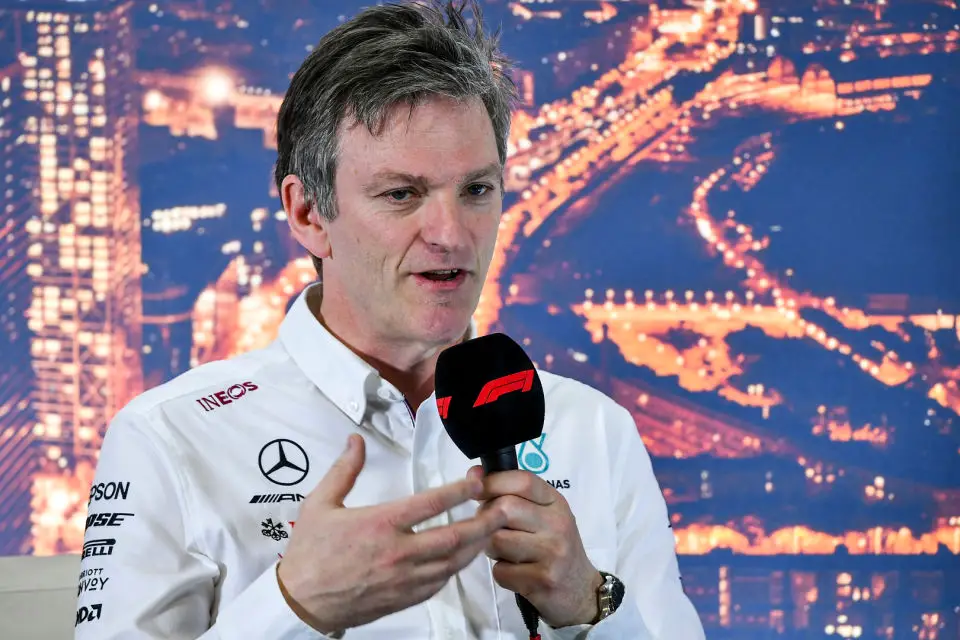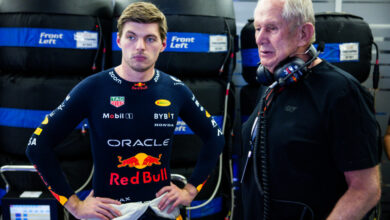Mercedes F1’s Technical Director Reveals Key Reasons Behind W14’s Struggles, Beyond Zeropod Design
In a revealing interview, Mercedes’ James Allison explained that the W14’s unique sidepods were not the main reason for the car’s underperformance. This statement comes amidst the team’s ongoing struggles in the ground effect era of Formula 1.
Key Takeaways:
- Ground Effect Challenges: Since the ground effect era began in 2022, Mercedes has faced significant challenges with their car designs, leading to underperformance and only one race win that year. The team’s W13 car experienced issues such as porpoising, affecting drivers Lewis Hamilton and George Russell.
- The W14’s Shortcomings: Despite changes in 2023, Mercedes failed to win a Grand Prix for the first time since 2011, marking a challenging period for the team and Lewis Hamilton’s second consecutive winless season. The W14 car’s design, particularly the sidepods, was initially thought to be a key issue but was later clarified as not the sole factor for the struggles.
- Strategic Shift for 2024: For the upcoming season, Mercedes has abandoned their previous design approach for the W15, opting for a more conventional strategy. This shift aims to enhance their competitiveness against teams like Red Bull.

The 2022 season marked the beginning of the ground effect era in Formula 1, prompting Mercedes to adopt a unique design path, hoping it would lead to more championship wins. However, this approach led to several miscalculations, resulting in the team winning only one race that year. The W13 car, in particular, faced numerous issues, such as porpoising, which severely impacted the performance of drivers Lewis Hamilton and George Russell. While some of these problems were addressed in the following year, the team acknowledged that their chosen path was ultimately incorrect.
In 2023, Mercedes attempted to improve the W14 car but failed to secure a Grand Prix win for the first time since 2011, a significant setback for the team and especially for Hamilton, who experienced his second consecutive season without a win. The team’s focus has now shifted to the W15 car for 2024, adopting a more traditional design approach with hopes of competing effectively against strong contenders like Red Bull.
When asked about the team’s decision to follow a unique design path, particularly regarding the W14’s sidepods, James Allison, the technical director, told Sky F1:
“Well, I don’t quite see the world the same way you guys do, looking at a sidepod and deciding that’s a concept. We definitely took a path with our car and I would say that’s from the tip of the nose to the very back of the tail which was not a competitive one. The most visually noticeable aspect were our sidepods of course. But by no means the definitive factor. It was not right from front to back and that’s the thing we’ve had to learn and have to deal with. That’s taken us longer than we would have liked but the sidepods are maybe emblematic of a team that took too long to figure out which way was up but by no means the distinguishing feature that sealed our fate.”
This candid admission by Allison highlights the complexity of Formula 1 car design and the challenges teams face in adapting to new regulations and competitive environments. As Mercedes prepares for the 2024 season with a new approach, fans and analysts alike will be keen to see if the team can return to its winning ways.




